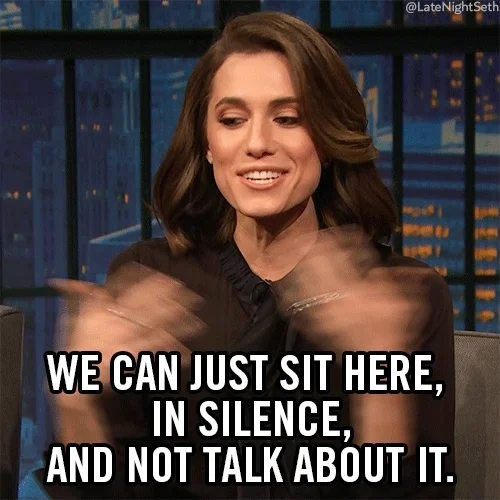
This logo isn't an ad or affiliate link. It's an organization that shares in our mission, and empowered the authors to share their insights in Byte form.
Rumie vets Bytes for compliance with our
Standards.
The organization is responsible for the completeness and reliability of the content.
Learn more
about how Rumie works with partners.
Our unique upbringing and culture influence the way we communicate.
This leads to different communication styles in the workplace. If we don't recognize these differences, it's easy to misunderstand each other.

Most people have one dominant communication style, but they can go back and forth between them.
1. Passive
It doesn't matter that much. I just want to keep the peace.
Passive communicators often act indifferently, letting others make decisions.
In this sense, they are "easy to get along with as they follow others and go with the flow" — but because they often fail to outwardly express their feelings or needs, they are likely to avoid confrontation and defer to others in times of conflict.

Quiz
How might it be challenging to work with a passive communicator?
You may have to prompt passive communicators to share their true thoughts. Otherwise, you may not get their input.
2. Aggressive
I'm right and you're wrong. It's all your fault.
Aggressive communicators ensure you hear, see, and feel their words. They often dominate the conversation, maintain intense eye contact, and fail to listen to others.
As a result, they can be intimidating as they often come across as rude and commanding. But in times of conflict, they can also be considered leaders and command the respect of those around them.

Quiz
Which of these behaviours reflects an aggressive communication style?
Interrupting without giving others time to talk can be a trait of aggressive communicators. Asking for opinions and feedback are both collaborative, while communicators of any style may share new ideas.
3. Passive Aggressive
That's fine with me, but don't be surprised if someone else gets mad.
Passive-aggressive communicators often appear passive on the surface but act out aggressively in subtle ways. They are aware of their needs but struggle to voice them effectively.
When faced with conflict, they can come across as "fake" and resentful to others, as they might mutter to themselves rather than directly speaking to a person or issue. They may appear cooperative on the outside and only give clues that they disagree.

4. Assertive
"I respect your opinion. We both have valuable viewpoints to share."
Assertive communicators often focus on open communication without being overbearing. They can express their own needs, desires, ideas, and feelings, while also considering the needs of others.
In this sense, they're easy to communicate with, as they aim for both sides to win in times of conflict.

Quiz
Which of these statements does reflect an assertive communication style? Select all that apply:
"Oh, you would think that, wouldn't you?" is a passive aggressive phrase that shows a hint of disagreement without sharing an opinion directly. The other options are all constructive and reflect a more assertive, collaborative communication style.
Take Action

Each style has its own time and place. Being aware of your natural communication style will let you make changes intentionally.
This Byte has been authored by
Nabil Dewsi
HR Business Partner
Joshua Rosal
Product Manager @ LoyaltyOne